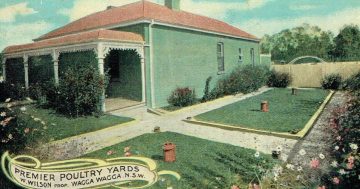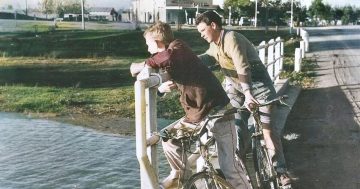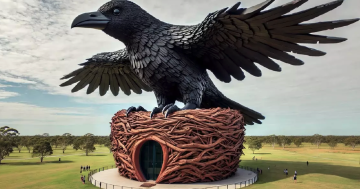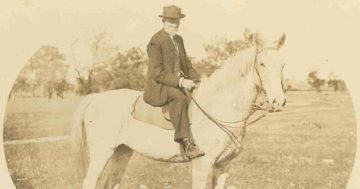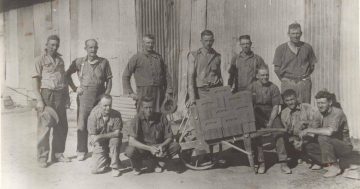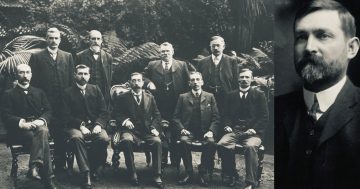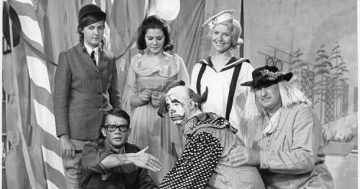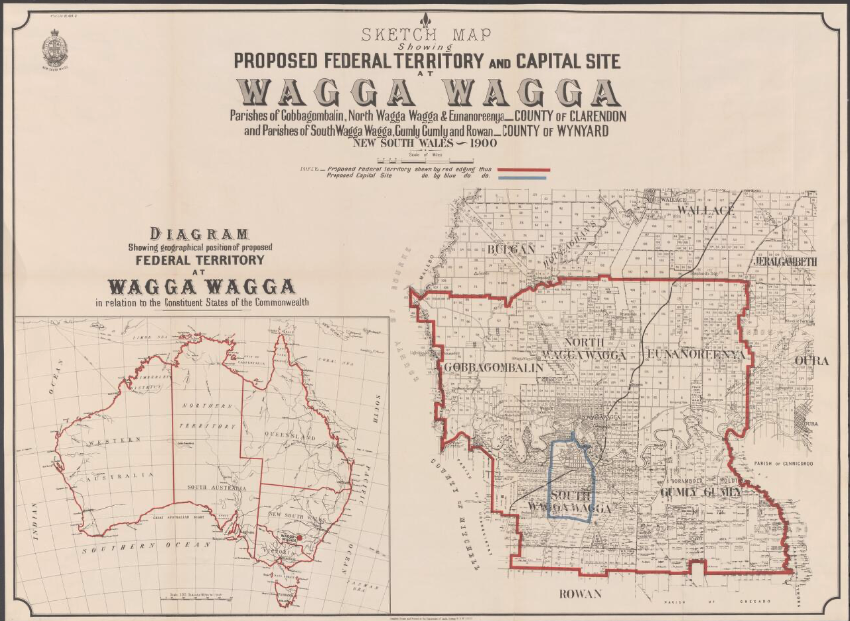
The proposed Federal Territory at Wagga. Photo: NSW Department of Lands.
Back in December 2019, Riverina MP Michael McCormack declared Wagga Wagga to be “the nation’s capital” as the then-deputy prime minister took the reins while Scott Morrison took a holiday.
“Wagga Wagga of course back in the early 1900s had its hand up to be the nation’s capital … well, it’s taken a bit over a hundred years and it is finally the nation’s capital,” McCormack declared at a media conference, tongue firmly in cheek.
The claim dates back to January 1, 1901, as the colonies of New South Wales, Victoria, South Australia, Queensland, Western Australia and Tasmania joined together to form the new Commonwealth of Australia.
There had been much debate already between the rival colonies – now states – as to where the capital should be located and the conditions were carefully set out in the constitution.
The capital site had to be located in the premier colony of NSW, but at least 100 miles (160 km) from Sydney.
Dozens of sites were considered before a final list was proposed and a delegation from the House of Representatives headed out in May of 1902 to take a first-hand look at the contending towns.
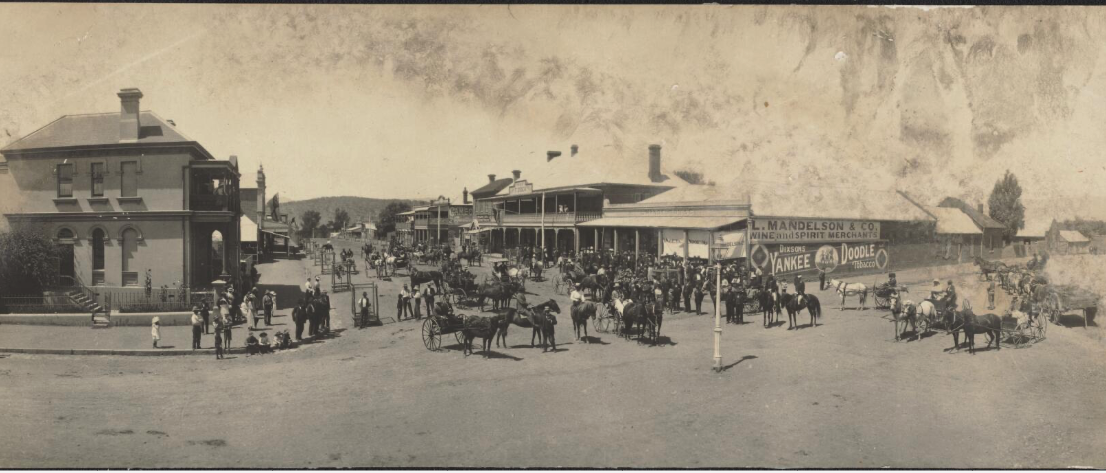
The Federal Capital Tour pulls into Tumut in 1902. Photo: ET Luke, National Library Collection.
The ‘Federal Capital Tour’ was led by the minister for home affairs, Sir William Lyne and involved travel by train, steamship and horse and carriage. The party examined proposed sites including Orange, Goulburn, Bombala, Yass, Tumut, Dalgety, Wagga Wagga and Albury.
Mr C.F. Bolton (after whom Wagga’s Bolton Park is named) was the president of the Wagga Wagga Federal City League and led the local charge in spruiking Wagga’s suitability to become the new nation’s premier city.
Wagga’s location halfway between the primary centres of Sydney and Melbourne and rail links to Adelaide and Brisbane were strong selling points along with access to water that could be diverted via a “gravitational system” to irrigate and supply the city.
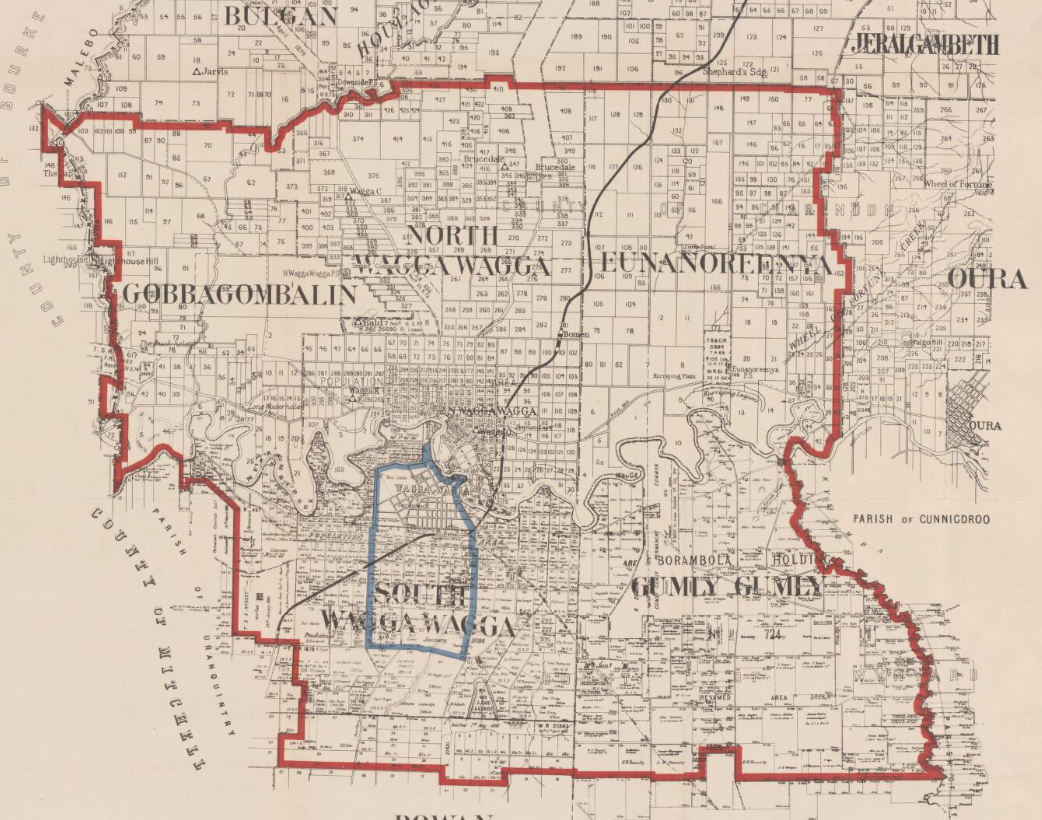
Detail from the proposed Federal Territory at Wagga. Photo: NSW Department of Lands.
Mr Bolton dismissed suggestions that Wagga was too hot in the summer, pointing out that parliament would be in recess over the hotter months and declared that “in the variety of climates there is none to surpass the salubrity of the Murrumbidgee for seven or eight months of the year”.
He noted the booming agriculture of the region and the fact that “English fruits, etc., thrive luxuriantly” and felt that Wagga’s natural resources of timber, granite, sand and clay would aid in the building of a Federal City on the northern side of the river.
“There are practically unlimited beds of very superior brick clay, from which bricks are made of super-excellent quality, as for example the bricks in the new courthouse,” he declared and nominated the newly opened building as a temporary Parliament House.
“If Wagga Wagga were selected, the new courthouse would serve as a good makeshift for Parliament House, while accommodation of a sufficient kind could be provided for Senators, etc.,” he said.
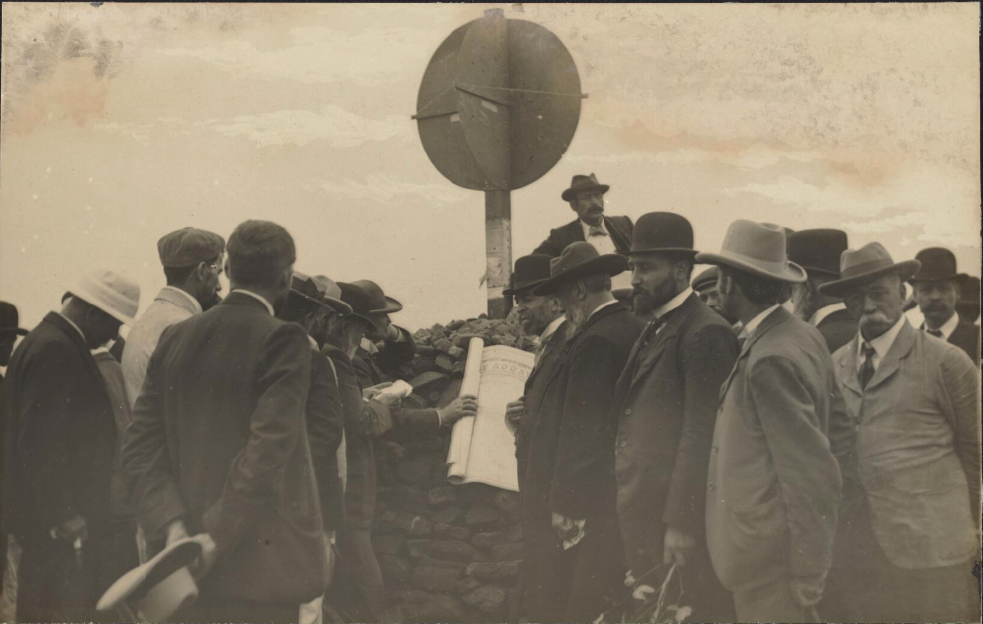
The Federal Capital Tour arrives in Wagga and examines the survey marker for the proposed Federal Territory. Photo: ET Luke, National Library Collection.
On 23 May 1902, the tour arrived in Wagga, took a run through the proposed site at Gobbagombalin, enjoyed the view from Willans Hill, tasted preserved prunes at the ‘experimental farm’, met some chickens and headed on to Albury.
It would be another two years before a location was decided and the village of Dalgety was chosen by the Federal Parliament as the site for the new capital in 1904.
According to the Seat of Government Act 1904, the new Federal Capital “should be within 17 miles of Dalgety NSW”, however the choice did not go down well in Sydney and NSW refused to release the land over concerns that the site was too close to the Victorian border.
Finally, in 1906, a compromise was reached and the NSW government agreed to cede land provided in the Yass-Canberra region and a second seat of government act officially confirmed Canberra in 1908.
Sadly for Wagga, we were left to ponder what could have been. While it’s hard to imagine what the region would be like with a parliament building on the hill at Gobbagombalin, one thing is for sure, we wouldn’t have been left begging for a new bridge!







